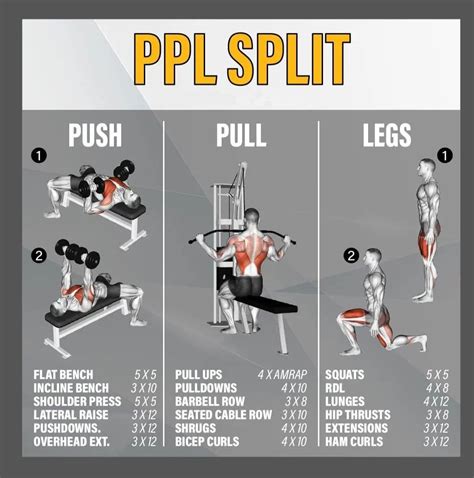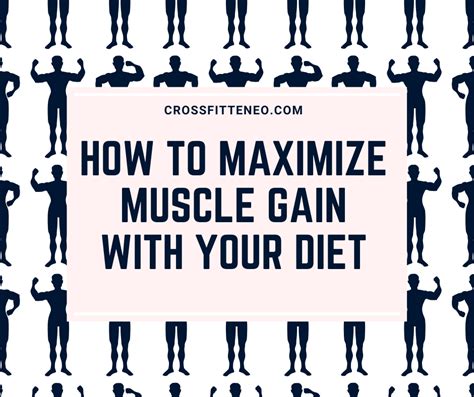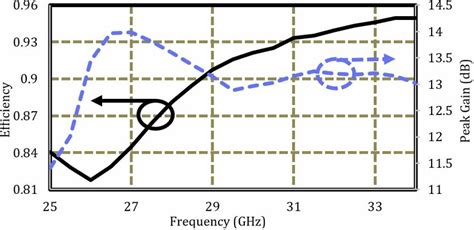Optimize workout split for peak strength & male performance gains?

Optimizing your workout split is more than just choosing which muscles to train on which day; it’s a strategic approach to maximizing recovery, stimulating growth, and achieving peak physical performance. For men aiming for significant strength gains and enhanced overall performance, a well-designed split can be the lynchpin of their training success. This article delves into the principles of crafting a workout split that not only builds formidable strength but also supports crucial aspects of male physical vitality.
Understanding Workout Splits: The Foundation
A workout split defines how you distribute your training sessions across the week. Common structures include full-body, upper/lower, push/pull/legs (PPL), and traditional body part splits. Each has its merits and drawbacks, largely dependent on your experience level, recovery capacity, and specific goals. The right split allows for sufficient volume to stimulate muscle growth and strength adaptations, while simultaneously providing adequate rest for muscle repair and central nervous system recovery – a critical factor for sustained performance and hormonal balance.

Key Principles for Strength Optimization
To truly build peak strength, your workout split must incorporate foundational principles:
- Progressive Overload: Consistently challenging your muscles by increasing weight, reps, sets, or decreasing rest times. This is non-negotiable for strength gains.
- Compound Lifts: Prioritize multi-joint exercises like squats, deadlifts, bench presses, and overhead presses. These movements engage multiple muscle groups, allowing you to lift heavier and elicit a greater systemic response.
- Optimal Rep Ranges: While hypertrophy can occur across various rep ranges, dedicated strength training typically focuses on lower reps (1-6) with heavier loads.
- Periodization: Structuring your training into cycles with varying intensities and volumes can prevent plateaus and minimize injury risk, ensuring long-term progress.
Tailoring Your Split for Male Performance
Beyond raw strength, male performance encompasses energy levels, hormonal health, and overall well-being. An optimized split considers these factors:
- Adequate Recovery: Overtraining can elevate cortisol (a stress hormone) and suppress testosterone. Ensure your split provides sufficient rest days between taxing sessions for the same muscle groups.
- Volume Management: While high volume can stimulate growth, excessively high volume without proper recovery can be counterproductive for hormonal balance and energy. Find your sweet spot.
- Functional Movement: Incorporating exercises that mimic real-life movements can improve athleticism, mobility, and overall physical competence, which are integral to male performance.

Sample Workout Splits for Peak Gains
Here are a few highly effective splits often used for strength and performance:
Upper/Lower Split (4 days/week)
This split allows you to hit major muscle groups twice a week with adequate recovery. A common structure might be:
Monday: Upper Body (Strength Focus)
Tuesday: Lower Body (Strength Focus)
Wednesday: Rest or Active Recovery
Thursday: Upper Body (Hypertrophy/Volume Focus)
Friday: Lower Body (Hypertrophy/Volume Focus)
Saturday/Sunday: Rest
Push/Pull/Legs (PPL) Split (3 or 6 days/week)
PPL separates movements based on their function, allowing for focused training sessions.
Push: Chest, Shoulders, Triceps
Pull: Back, Biceps
Legs: Quads, Hamstrings, Glutes, Calves
A 6-day PPL offers high frequency, ideal for advanced lifters with good recovery. A 3-day PPL is excellent for beginners or those with less time, hitting each group once a week with high intensity.

Full Body Split (3 days/week)
Hitting every major muscle group in each session, three times a week. This is particularly effective for beginners to build a strong foundation and for those seeking high-frequency strength work without excessive volume per session. Recovery is ample between sessions.
Beyond the Gym: Lifestyle Factors
No workout split, however optimized, can compensate for poor lifestyle choices. For peak strength and male performance, consider:
- Nutrition: Adequate protein intake for muscle repair and growth, healthy fats for hormone production, and complex carbohydrates for sustained energy.
- Sleep: 7-9 hours of quality sleep per night is crucial for hormone regulation, muscle recovery, and cognitive function.
- Stress Management: Chronic stress can negatively impact hormones and recovery. Incorporate stress-reducing activities like meditation, hobbies, or spending time in nature.
- Hydration: Essential for all bodily functions, including nutrient transport and joint lubrication.

Conclusion
Crafting an optimized workout split for peak strength and male performance gains requires a holistic approach. It’s about intelligently structuring your training to foster progressive overload, ensure adequate recovery, and support your body’s natural physiological processes. Experiment with different splits, listen to your body, and integrate critical lifestyle factors to unlock your full potential. Consistency, combined with a smart training strategy, will pave the way for remarkable results in both strength and overall vitality.









